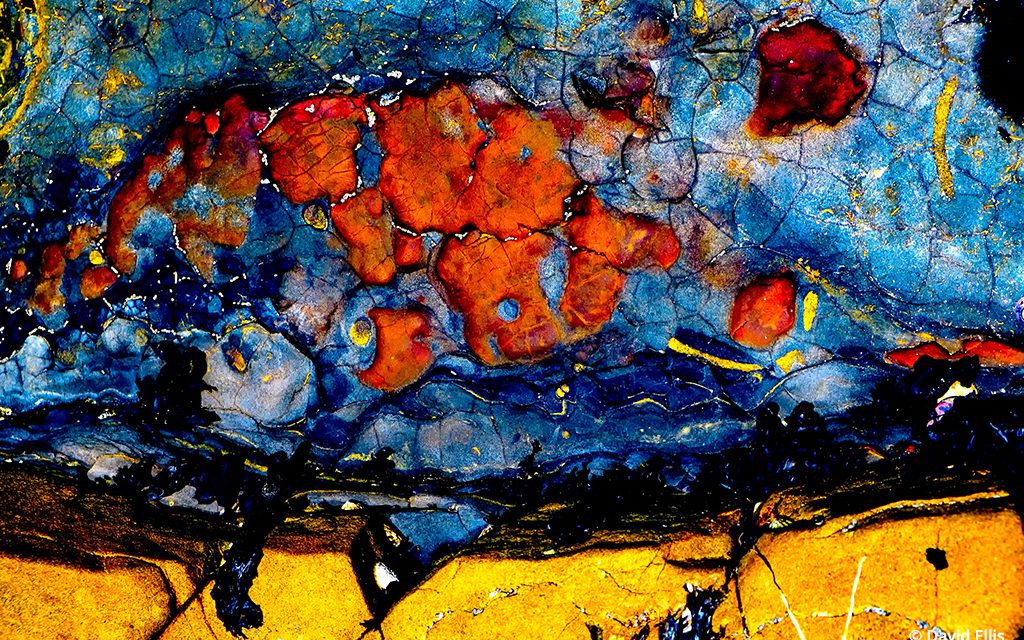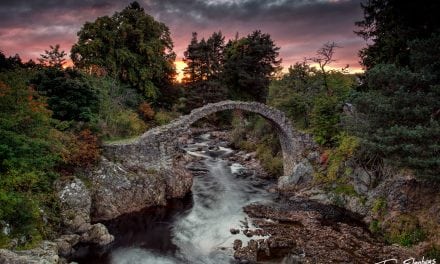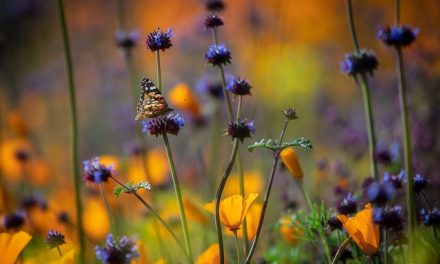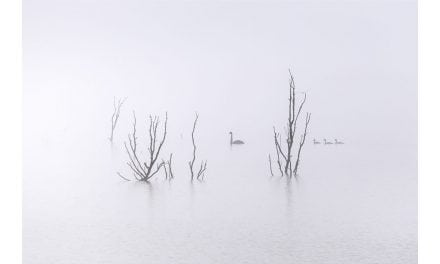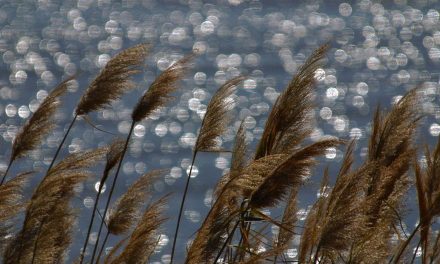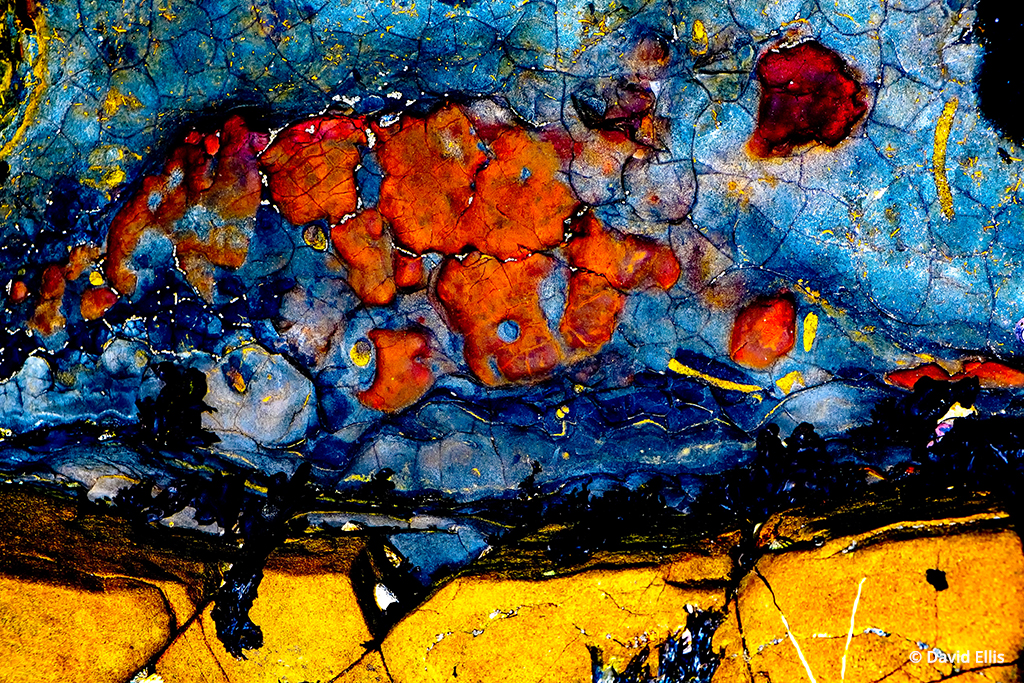
Photo By David Ellis
When I was in high school, I was hanging out at a friend’s house and picked up a copy of color photography pioneer Ernst Haas’s The Creation that was sitting on a coffee table. Until that moment, photographs for me were those stiff representations of forced family events, but Haas’ sense of light, color and texture, as well as his clever abstractions of ordinary things, was a revelation. “You can do that with a camera,” I marveled. Little did I know that Haas would inform my photographic journey for decades to come.
Living in California, I’ve photographed the northern coastline dozens of times. The place I keep going back to is Weston Beach at Point Lobos, a windswept state reserve a few miles south of Carmel on Pacific Coast Highway. When you step onto that crescent of striated granite and sandstone, you’re walking in the footsteps of giants. Everywhere you turn, you see the contours and reflections of Edward, Brett and Cole Weston’s luminous masterworks.
About 10 years ago, I started to see Weston Beach a bit differently. It was a crisp, sparkling morning with an extremely low tide. As I scrambled over the slippery rocks, a chorus of faces, mini-landscapes and mythical creatures emerged. It was impossible to “unsee” them. Subliminally channeling Haas, I began photographing them in vivid color. I visualized this particular image as a self-contained impressionist landscape. It is one of more than 100 photographs that comprise “Lobospheres,” a project I’ve been working on for more than a decade.
Technically, I like to keep things simple. Over the years, I’ve used many cameras and formats for “Lobospheres,” from medium format film to Micro Four Thirds, but always shot hand-held and in available light. I’ve found that the diffused light is best for minimizing reflections and revealing the saturated colors that make these images so rich. This image was made mid-afternoon in hazy sunlight. The final file was lightly processed in Lightroom, with minor color and contrast enhancements.
Over the years, the beach has become noticeably smaller. Higher tides can almost reach the roadway, and areas of the bedrock are now covered in deep layers of pebbles and sand. I realized that not only are these granite petroglyphs ephemeral, but Point Lobos as we know it has an expiration date, as well. According to a recent article in Scientific American, Northern California’s sea level could rise as much as 7 feet by the turn of the century, all but decimating Weston Beach and much of Point Lobos’ spectacular coastline. “Lobospheres” documents the micro-beauty of this natural treasure before it’s washed away. It reminds us of what we take for granted and rarely take the time to see. OP
David Ellis is a member of the SanDisk Extreme Team. See more of his work at daellisphoto.com.
Fujifilm X-T3, FUJINON XF18-55mmF2.8-4 R LM OIS. Exposure: 1/640 sec., ƒ/8.0, ISO 160.
The post Behind The Shot: Lobospheres appeared first on Outdoor Photographer.

